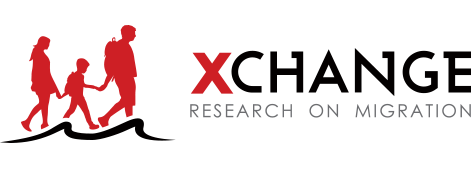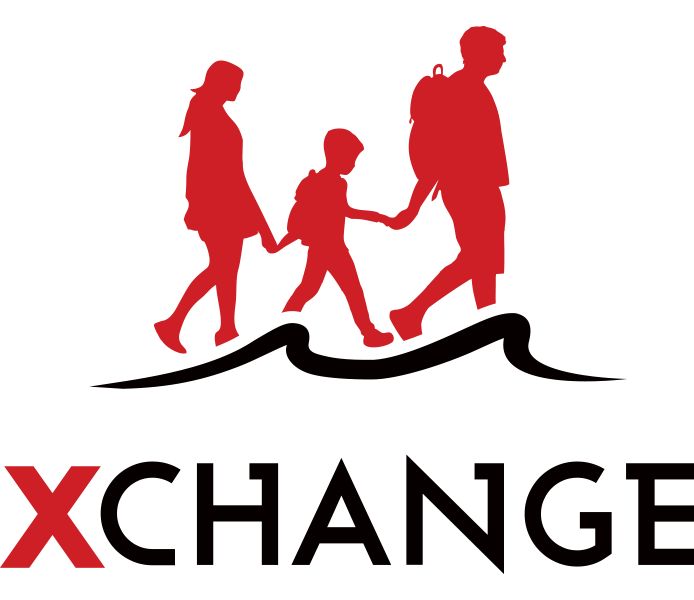Crossing Borders, Facing Exploitation: The Intersection of Migration and Human Trafficking
Although it is difficult to define the crime of human trafficking and there are different opinions about its definition, according to the Article 3 of the Protocol to Prevent, Suppress and Punish Trafficking in Persons Especially Women and Children made by the United Nations, the crime of human trafficking “shall mean the recruitment, transportation, transfer, harbouring or receipt of persons, by means of the threat or use of force or other forms of coercion, of abduction, of fraud, of deception, of the abuse of power or of a position of vulnerability or of the giving or receiving of payments or benefits to achieve the consent of a person having control over another person, for the purpose of exploitation”.
Based on some predictions, human trafficking is a worldwide illicit network that generates over $150 billion annually that forces up to 40 million individuals in various types of modern slavery, including sexual exploitation and forced labour. In addition to that, the third major international illicit industry and the second-largest generator of profit for organised criminal activity, behind only drug trafficking, is human trafficking, a disaster for the protection of rights of humanity.
World Day Against Trafficking in Persons: Why It Matters
The United Nations established July 30 as the World Day Against Trafficking in Persons in 2013. This day urges governments, organizations, and individuals to combat human trafficking in all its forms, rallying around the theme for 2025: “Human Trafficking is Organized Crime – End the Exploitation”. This campaign emphasizes dismantling criminal networks, providing survivor-centered support, and prioritizing the rights and safety of those affected.
Global Overview: The Scope of the Crisis
The Numbers
- More than 27 million people are estimated to be victims of human trafficking globally in 2025, affecting every region of the world.
- From 2020 to 2023, over 200,000 trafficking victims were officially detected. Experts believe the real figure is much higher due to underreporting and the covert nature of this crime.
- 71% of identified victims in 2023 were women and girls.
Trends
- The number of trafficking victims detected in 2022 increased by 25% compared to 2019, surpassing pre-pandemic levels. While this partly reflects improved detection, it also signals rising vulnerabilities in a world marked by conflict, displacement, economic instability, and climate disasters.
- Children now comprise nearly 40% of all victims, with girls representing an increasing proportion. The number of detected girl victims surged by 38% in three years up to 2022.
Exploitation Types
- Forced labor has now overtaken sexual exploitation as the most commonly detected form of trafficking worldwide. Nevertheless, sexual exploitation still overwhelmingly affects women and girls, who make up 74% of victims trafficked for this purpose.
- New forms of trafficking, including forced criminality, domestic servitude, and cyber exploitation, are on the rise, reflecting how traffickers adapt to law enforcement and technological changes.
Migration and Trafficking: A Deadly Intersection
Why Migrants Are at Risk
Migrants are among the most vulnerable groups when it comes to human trafficking, a tragic reality reinforced by recent global data and research. According to the International Organization for Migration (IOM) and the United Nations Office on Drugs and Crime (UNODC):
- It is estimated that nearly 70% of detected trafficking victims globally are either migrants or displaced persons.
- Migrants navigating irregular or unsafe routes face significantly higher risks; for example, the IOM’s Missing Migrants Project recorded over 4,500 migrant deaths in 2024 alone, many linked to trafficking and exploitation scenarios.
Several factors contribute to why migrants are disproportionately targeted:
- Irregular Migration and Vulnerability: Many migrants travel through perilous, irregular migration corridors due to the lack of safe and legal pathways. Vulnerabilities increase drastically at transit points such as deserts, sea crossings, and border towns where migrants often face violence, detention, and abandonment, creating “windows of opportunity” exploited by trafficking networks.
- Exploitation of Desperation and Legal Gaps: Traffickers exploit legal and social gaps by promising safe passage, work permits, or housing, which often turn into forced labor, sexual exploitation, or coerced criminality.
- Organized Crime and Technological Adaptation: Trafficking networks increasingly integrate with migration smuggling operations, resulting in a blurred line between migrant smuggling and trafficking
Focus on Women and Girls
- Women and girls represent three out of every four identified victims.
- Most are trafficked for sexual exploitation, but a growing share are victims of forced labor, domestic servitude, and even forced marriage, particularly when migration journeys are disrupted or prolonged.
- In regions experiencing crisis (conflict zones, climate disasters), women who are displaced are often forced into exploitative situations by promises of work or safe passage, only to suffer horrendous abuses.
- In the European Union, 49% of trafficking victims in 2022 were exploited sexually, and of these, 92% were women and girls.
The Role of Organized Crime
The 2025 UN campaign underscores how trafficking is increasingly orchestrated by transnational organized criminal groups. These networks:
- Use sophisticated methods: digital marketing, migration smuggling, fake recruitment, and fraudulent documentation.
- Derive enormous profits by moving victims globally, exploiting migration flows to facilitate trafficking for various ends.
- Reinvest criminal profits and evade justice due to weak law enforcement responses, especially in border regions and conflict zones.
Conclusion
Human trafficking is a grave and evolving violation of human rights, with migration serving as both a lifeline and a risk factor for millions. The latest figures are a wake-up call: until every woman, every girl, every migrant is safe from exploitation, our work is far from done.



